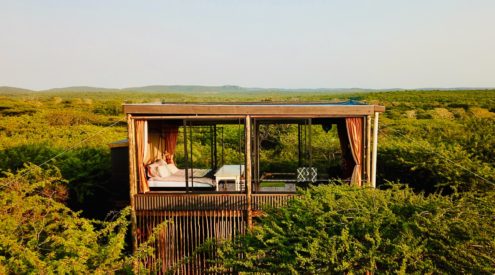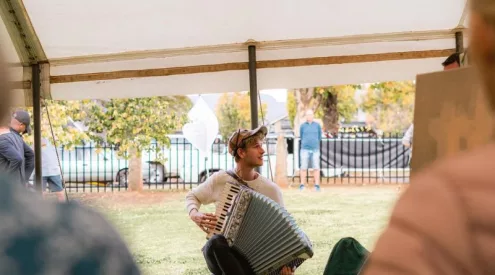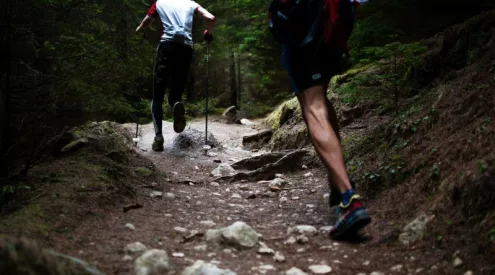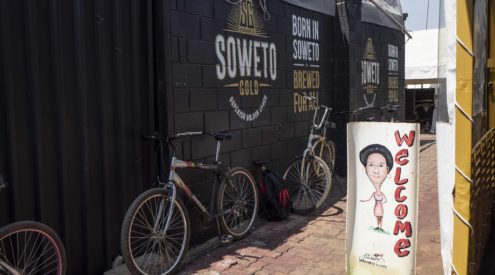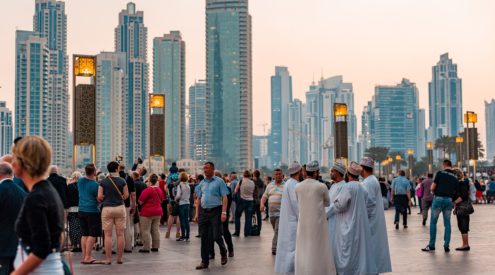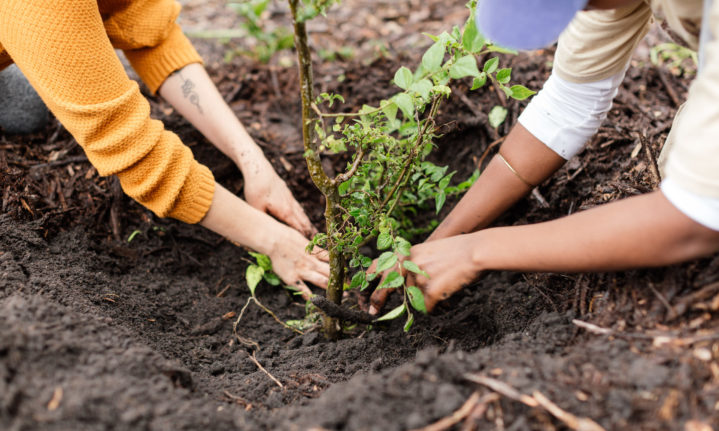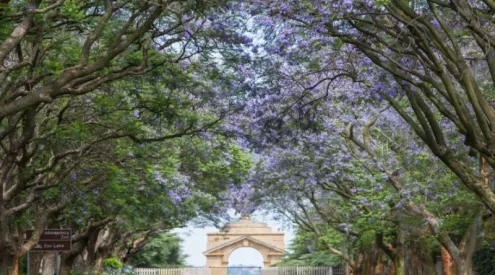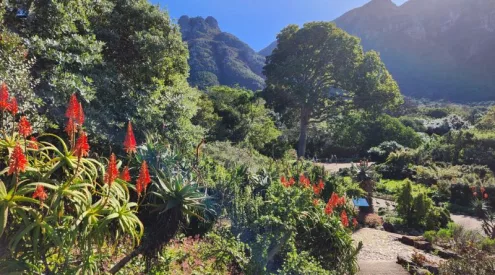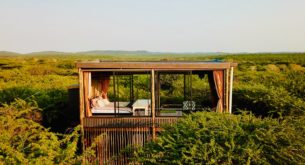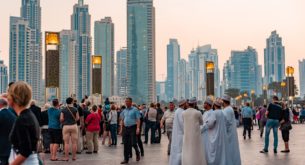In 2010, Greenpop, started with a simple goal, to plant 1,000 trees during Arbor Month in under-greened urban areas of Cape Town. In the years that followed, they went from focusing on schoolyards in Cape Town to forest patches in the Western Cape, to forest landscapes across Sub-Saharan Africa. 12 years later, they are close to having planted a total of 200,000 trees in degraded forests, community orchards, and urban spaces in South Africa, Malawi, Tanzania and Zambia.
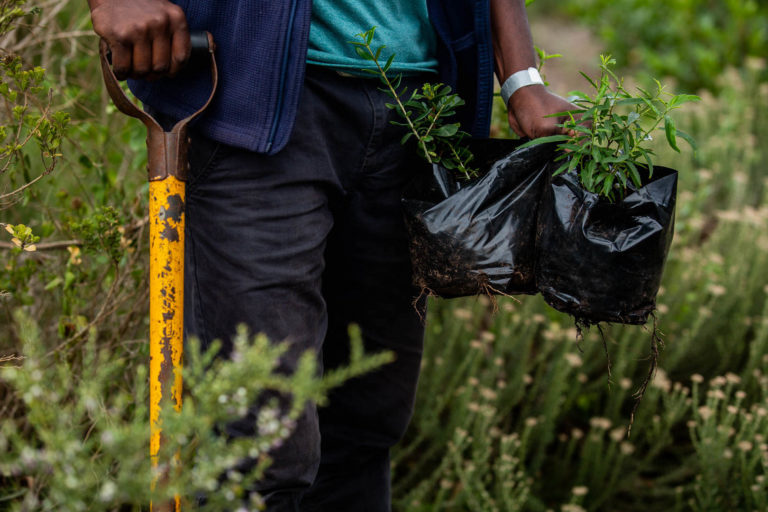
‘While we are proud of reaching this 200,000 trees milestone, we also firmly believe that it is time to stop concentrating on counting trees and rather shift the focus to making trees count.’ says Greenpop’s Head of Programmes, Zoë Gauld-Angelucci.
‘In order to build the world envisioned in the Sustainable Development Goals, building healthy landscapes must be the foundation. It is from this basis that increasingly ambitious tree planting targets (in the millions, billions, and trillions) have been set by international organisations, governments, companies, and NGOs alike. However, these targets, while inspiring, do not paint a holistic picture of what is needed to restore forest ecosystems for the benefit of both local communities and landscapes. We, as humanity, are now so focused on counting trees that we may be losing sight of the bigger picture. We literally can’t see the forest for the trees.’ she continues.
Of course, Greenpop has not been immune to this phenomenon. As an organisation, they have been counting (and assigning GPS coordinates to) every tree planted since 2010. In 2019, they set a goal to plant 500,000 trees by 2025. ‘However, we have always recognised that planting trees alone cannot restore ecosystems in most contexts and, while they are present in many of our projects, trees are just one tool in our ecosystem restoration toolbox. We don’t just count trees, we also make the trees we plant count.’ concludes Gauld-Angelucci.
This Arbor Month, Greenpop is shining a light on the six ways they make trees count within their forest restoration and urban greening projects.
1. Planting trees for the right reasons.
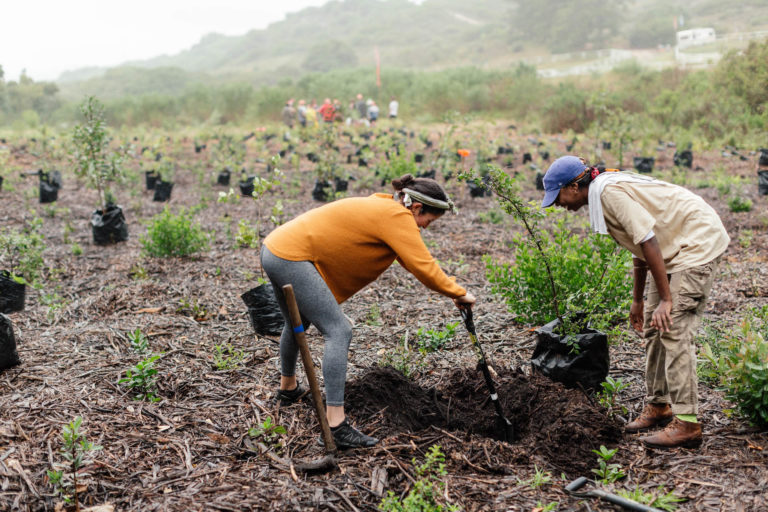
For Greenpop, planting trees is one of their common project activities but it is not the ultimate goal. Instead, planting trees is a means to an end. When designing forest restoration and urban greening projects, the team at Greenpop selects appropriate indicators of success from the list they adapted from The Road to Restoration guide from the World Resources Institute based on their project experience and current academic knowledge. These range from increased biodiversity, to improved air quality and climate change mitigation to name a few.
They recognise that while tree planting can help achieve some of these goals in some contexts, it is not the only relevant intervention and, in many cases, is not the most appropriate intervention. This process helps them to ensure that, when we do plant trees, we plant them for the right reasons.
2. Planting trees in the right places.

‘We know that trees do not belong everywhere and we take care to avoid causing the loss or conversion of natural ecosystems (grasslands, fynbos, etc) through our tree planting activities,’ Gauld-Angelucci adds. As such, they will only consider planting trees in the following places:
-
Degraded Forests: Land which has been determined to have historically been forested (by means of BGIS maps, ecological research, and historical records), is currently in a state of degradation and reduced ecosystem function, and is not able to regenerate naturally without intervention.
-
Farmland: Land, particularly in rural communities, which is currently being used for subsistence farming and could be improved (in terms of soil fertility and/or food production) through the addition of trees.
-
Villages & Urban Areas: Spaces which are in need of tree-specific ecosystem services such as shade provision, windbreaks, and urban temperature reduction.
3. Planting the right tree species.
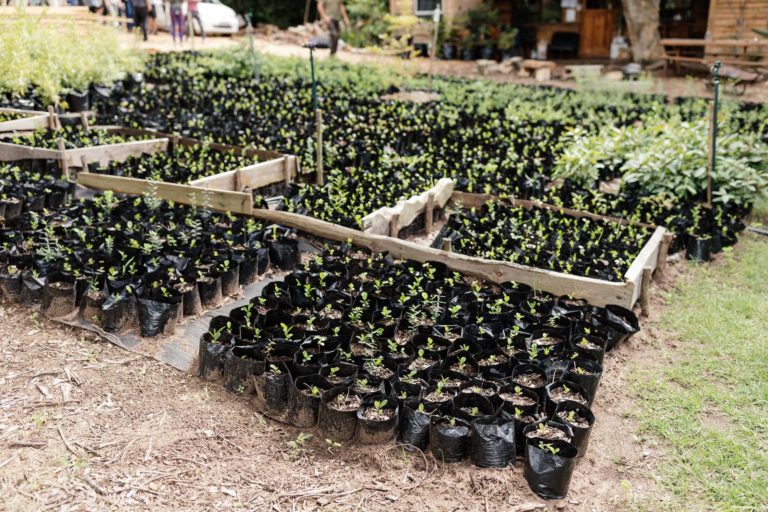
Not all trees are created equal, so be sure to be selective in choosing what to plant by following these tips:
-
Trees must be non-invasive.
-
Trees must be fit for their purpose (whether that is restoring a forest, providing habitat for a specific species, providing shade at a school, or providing fruit to a community).
-
With the exception of orchards and agroforestry and some urban greening projects, trees must be locally indigenous.
-
In South Africa, trees should be grown in nurseries which take precautionary measures to prevent the spread of invasive pests.
4. Planting trees with the right people

‘Based on our experience, Greenpop is aware of the complex challenges associated with indigenous forest and urban landscape management in Sub-Saharan Africa. As such, we don’t use drones to plant trees – we use collaboration,’ says Gauld-Angelucci. Be this through their collaboration with ecologists and social scientists, or collaboration with civic organisations on the ground – it all ensures that planting trees impacts the right people in the right ways.
5. Measuring the right tree planting impacts.

Forest restoration and urban greening projects, by their very nature, are long-term, expensive, complex, and multi-disciplinary. As such, it is essential that the effectiveness of such projects is regularly verified through holistic and reliable monitoring and evaluation.
It is then vital to make sure that replanting projects improve the quality of life, for humans and animals alike. Did you know that trees lower the overall temperature of a city, where increased temperatures have been linked to increased risks of mortality, morbidity, child undernourishment, respiratory illness and infectious diseases? the significance of planting trees has never been more pertinent.
6. Planting trees for the right price.
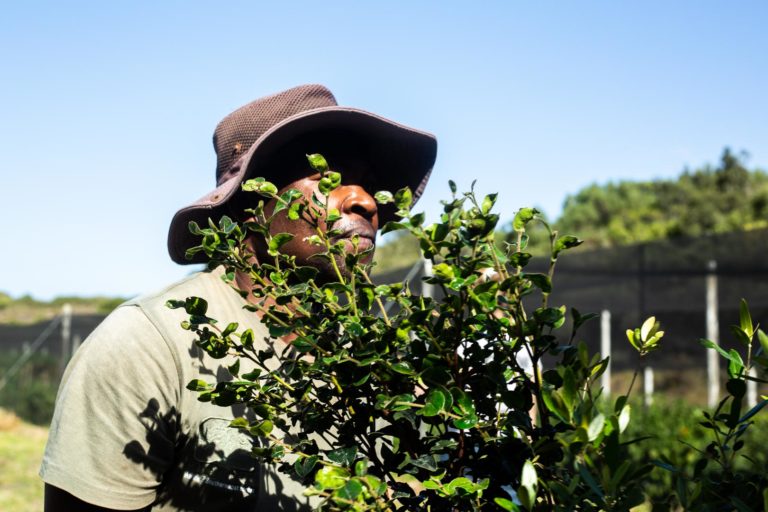
‘We can’t plant a tree for $1 and, honestly, we don’t want to.’ Gauld-Angelucci concludes. ‘We want to continue to run holistic, locally-relevant projects which successfully restore ecosystems, guard biodiversity, uplift communities, and combat climate change. We want to ensure that everyone working on our projects is compensated fairly. And we want to continue to monitor our impact for years to come.’
September is Arbor Month in South Africa. To celebrate, you can contribute to Greenpop’s mission by supporting their forest restoration work – visit www.greenpop.org or get your hands into the soil with them at their 10th annual Eden Festival of Action.
ALSO READ: Global organisation and tourist companies call on SA to end trophy hunting

